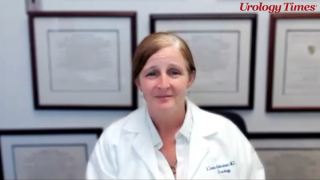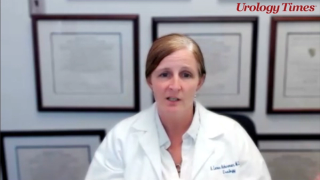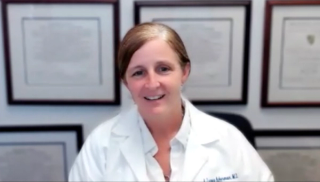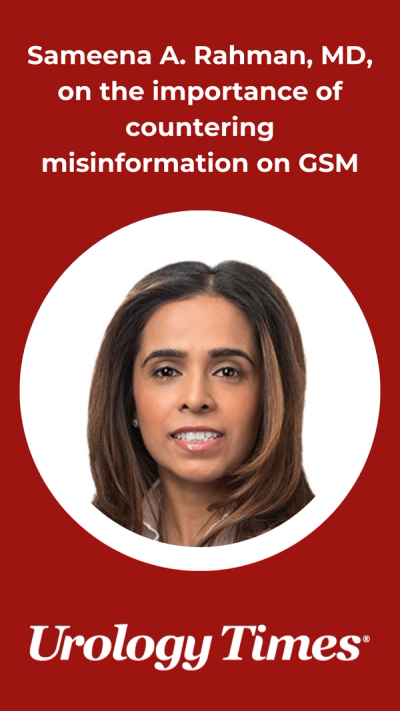
Female Urology
Latest News
Latest Videos

Shorts
Podcasts
CME Content
More News

“We hope our findings reassure health professionals caring for postmenopausal women with a history of stroke,” says Kimia Ghias Haddadan, MD.

"Major complications of ring pessaries are rare but present considerable challenges to surgeons and patients when they do occur," write E. Mackenzie Gibbs, MD, and Charles Lloyd Secrest, MD.

A recap of the FDA submissions and regulatory decisions in urology from July 2025.

“Right now, it is our counseling against the warning label,” Winter emphasized.

Findlay notes that urinary diversion has increased over time, potentially due to functional decline and growing burdens on patients and caregivers.

Data showed that fracture risk rises briefly after menopausal hormone therapy discontinuation, then falls below never-users.

"We are not offering patients comprehensive management unless we consider hormone therapies," says Ashley G. Winter, MD.

The expanded labeling would enable the use of flibanserin to treat hypoactive sexual desire disorder in postmenopausal women.

In a panel meeting convened by the FDA, experts urged the agency to revise or remove the outdated boxed warning on hormone therapies for menopause.

Take a look back through some of the top stories from the first half of the year.

Oral sulopenem was approved by the FDA in October 2024 for the management of uUTIs.

"My goal [for] a lot of the advocacy that I do is that one day [patients] don't have to do our jobs for us," says Maria Uloko, MD.

"Patients are having a hard time getting diagnosed because physicians are leaving medical training and medical education without getting this solid curriculum around female sexual dysfunction," says Maria Uloko, MD.

Karyn S. Eilber, MD, discusses treatment of genitourinary syndrome of menopause.

The CELLEBRATE trial is aiming to provide additional evidence to support the safety and efficacy of iltamiocel.

"The black box warning affects that ability for them to get access to that critical drug, vaginal estrogen," says Yahir A. Santiago-Lastra, MD.

Among the guideline’s recommendations is the use of local low-dose vaginal estrogen as first-line therapy for GSM.

"I’m hopeful because women in urology are no longer an exception—they’re becoming the norm," says Shaya Taghechian, MD.

“I think the best thing about these guidelines is their actual existence,” says Karyn S. Eilber, MD.

“Oftentimes, [during] the very first visit, we are talking a lot. I am learning what's going on with them," says Anna Myers, CNP.

There is also a need to improve multidisciplinary care, according to Ekene Enemchukwu, MD.

“I think the great thing about Cost Plus Drugs is that, as we mentioned, it's simple, but it's also price transparent," says Raymond Xu, MD.

“Given the rates in epidemiologic studies and surveys showing that up to 70% of women are symptomatic, we were surprised to find that only 9% [filled] a prescription,” says Ekene Enemchukwu, MD, MPH, FACS, URPS.

"What we found is that 9% of women with a GSM-related diagnosis filled a prescription for vaginal estrogen during the study period, and these women tended to be younger," says Ekene Enemchukwu, MD, MPH, FACS, URPS.

“When I talk to physicians outside of urology, as well as within urology, much of the hesitation with using Cost Plus Drugs is that it seems complicated to use, when in reality, the process is actually very simple," says Raymond Xu, MD.





































